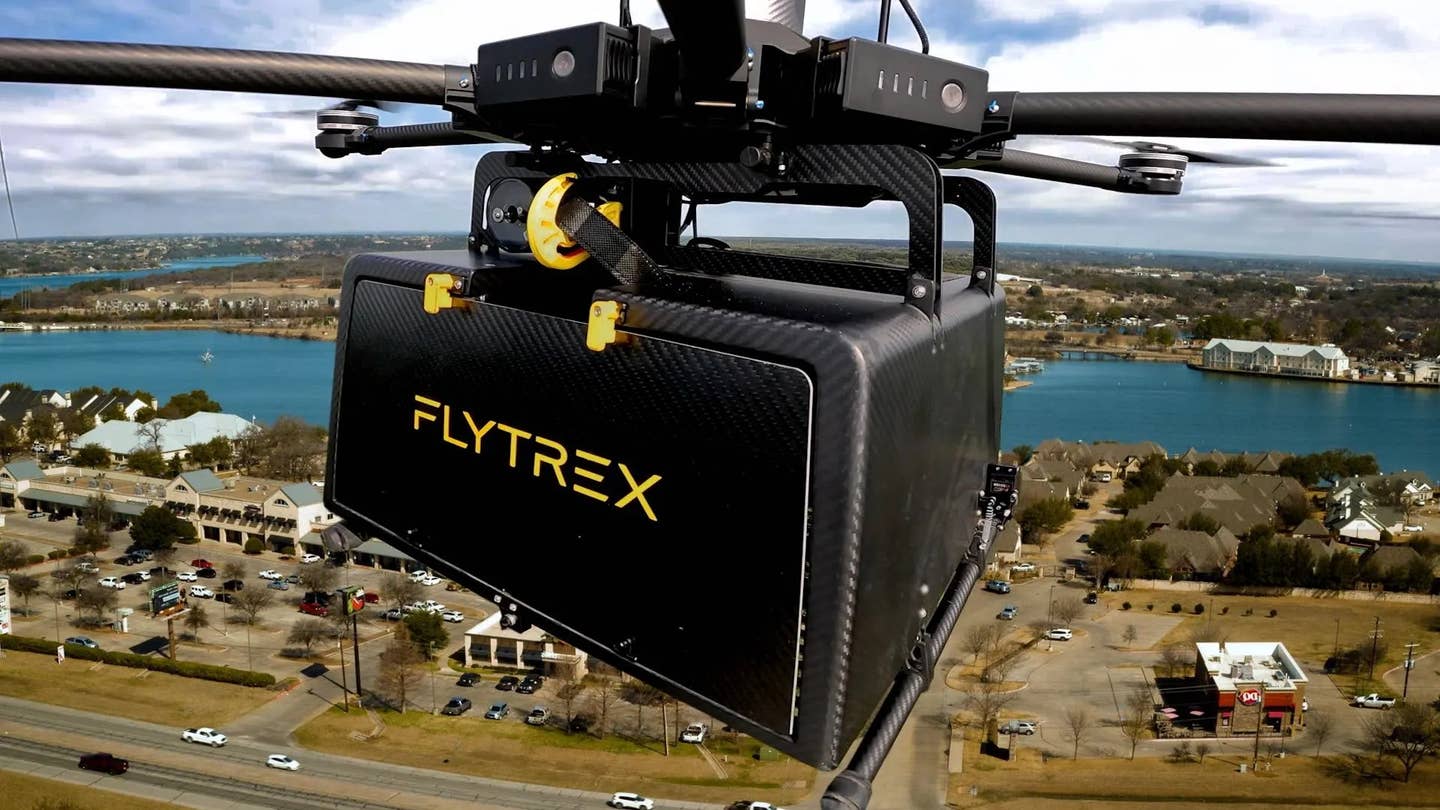What’s Being Done About the Growing Movement Toward Unleaded Avgas?
Industry associations have been working on its development for piston-powered aircraft for a decade.

The use of 100LL in piston-powered airplanes will likely come to an end soon, but the transition needs to be made thoughtfully and with an eye on safety. [Photo: Julie Boatman]
FLYING has followed the progress toward the development and adoption of unleaded avgas for general aviation aircraft since the Environmental Protection Agency in 2010 published an advance notice of proposed rulemaking against the use of leaded fuel in piston engines.
While it appeared that the FAA had gained a reprieve that would allow for the proper timeline for testing a range of fuels, we reported in December and January that a ban on 100LL has now gone into effect at a pair of airports in California—and more appeared ready to follow suit.
"... there are currently some promising candidate fuels that may provide the solution, including for higher-compression engines."
Mark Baker, AOPA president and CEO in a letter to FLYING
Most recently, we looked into the progress made on unleaded avgas options in the market and what pilots might do to prepare for the probable day when 100LL will no longer be available.
The Aircraft Owners and Pilots Association’s president and CEO Mark Baker reached out to FLYING following our latest piece with an update on AOPA’s efforts to support GA pilots during this rapidly advancing new era.
“I read your recent article (‘When the Sun Sets on 100LL, Will You Be Ready?’, January 27) with interest, since removing lead from avgas is a top priority for all of us,” said Baker in a letter to the editor. “The issue has also garnered a sense of urgency since the Environmental Protection Agency has suggested it plans to initiate efforts to accelerate the removal of lead from avgas.”
We Don’t Have a Solution for All Pistons—Yet
Baker admitted that there is still work to be done on a solution.
“As the article indicated, the testing of possible candidate fuels under the Piston Aviation Fuel Initiative (PAFI) has not produced a solution over the past decade, despite the world’s best chemists and engineers working on this. Nonetheless, there are currently some promising candidate fuels that may provide the solution, including for higher-compression engines. It’s estimated these engines requiring 100 octane consume about 60-70 percent of today’s avgas.
“The industry shares a unified goal of bringing urgency, efficiency, effectiveness, and fairness to the process, so that any and all candidate fuels can be evaluated in a transparent manner and deployed as a fleetwide drop-in replacement as soon as possible.
“In the meantime, 94UL is available in some locations and works for many lower compression single-piston engines.”
Baker said the transition needs to happen smoothly.
“In order to avoid a harmful impact on GA, we need to ensure that 100LL remains available during a transition period. We also need to educate airport boards and local policy makers about the importance of a safe and smart transition away from leaded fuel.
“This issue is a top priority for AOPA and our partners in the GA community, including fuel producers, distributors, FBOs, and pilots. I encourage your readers to go to www.aopa.org/100UL and learn what the industry and government are doing to address this issue and there will be more to come.
“I remain optimistic that we can and will get the lead out of avgas but, as a pilot, I cannot stress enough the importance of doing this smartly and safely.”

Subscribe to Our Newsletter
Get the latest FLYING stories delivered directly to your inbox






